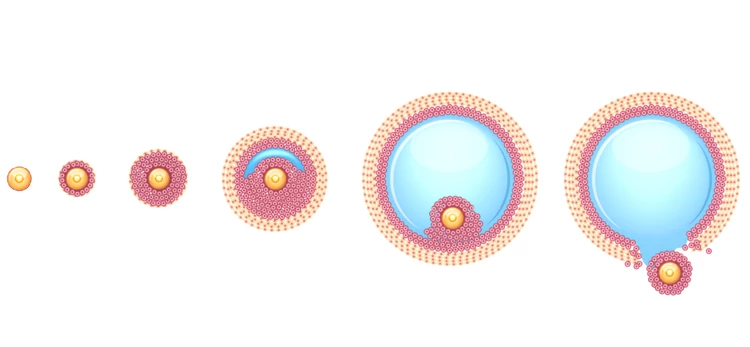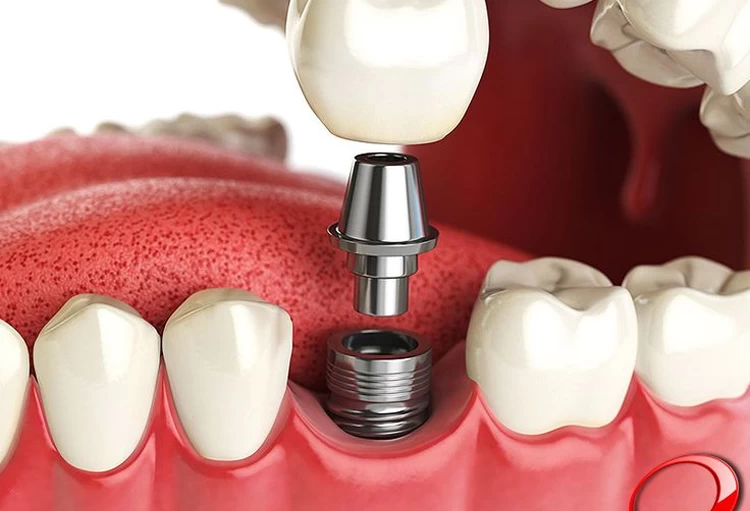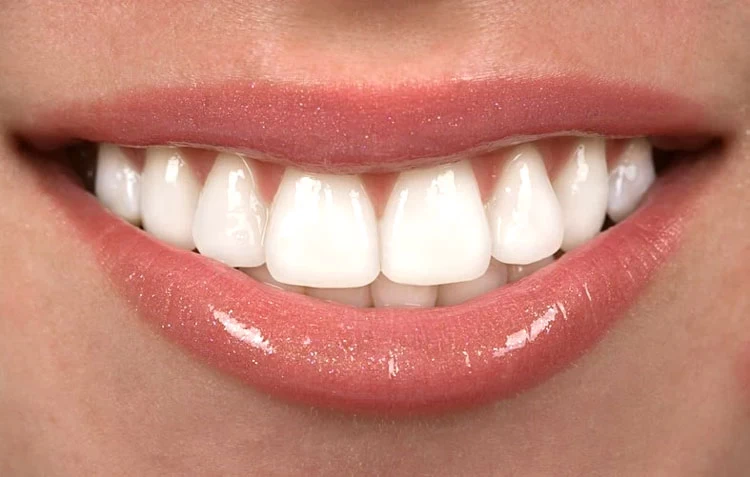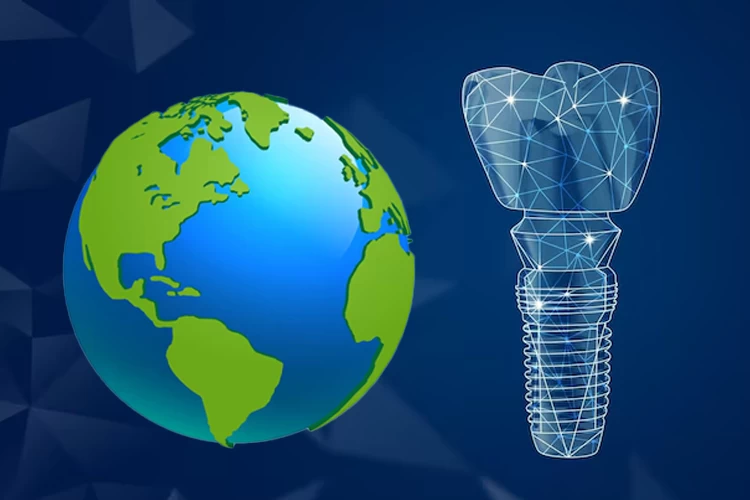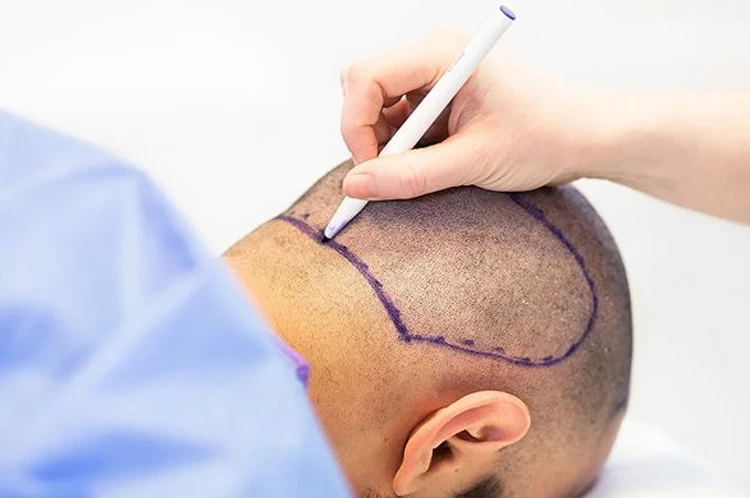A Hollywood smile is a dazzling, celebrity-style smile achieved through cosmetic dentistry. The procedure generally follows detailed steps: an initial consultation to assess dental health and goals, followed by teeth cleaning, whitening treatments, repairing or replacing damaged teeth, orthodontic treatments (sometimes), and the application of custom-made veneers to correct imperfections. Aftercare is crucial for maintaining the results; this includes practicing good oral hygiene, avoiding stain-causing foods and beverages, and scheduling regular dental check-ups. By adhering to these aftercare tips, people can enjoy their stunning new smile for years to come.
An ovarian follicle is a fluid-filled sac in the ovaries that contains one or more immature eggs. These sacs, including antral follicles, play a critical role in a woman's reproductive cycle. Several follicles, including antral follicles, start to grow at the beginning of each menstrual cycle. However, typically only one follicle reaches the point of ovulation, releasing a mature egg.
The irregular period is an issue that affects nearly all women throughout their lifetime. This situation occurs when the time interval between menstrual cycles is more or less than the normal limit. While this is considered completely normal in some cases, like the first cycles after puberty or the last cycles preceding menopause, it might be an indicator of an underlying health condition in other cases.
Bariatric surgery encompasses various procedures designed to help severely obese individuals lose significant weight by altering the digestive system. Common types include gastric bypass (Roux-en-Y), sleeve gastrectomy, and adjustable gastric banding. Sleeve gastrectomy is a simpler, less invasive weight loss surgery than others, reducing complications. It preserves natural digestion, minimizing nutritional deficiencies and dumping syndrome. Fewer long-term complications and the lack of foreign objects contribute to its safety profile.
Dental implants are artificial tooth roots surgically placed into the jawbone to provide a stable base for replacement teeth. The healing process involves several stages, including initial osseointegration (bone fusion) which typically takes 2-6 months, followed by abutment placement and crown attachment. A smooth healing process is facilitated by meticulous post-operative care, including proper oral hygiene, a balanced diet, and adherence to the dentist's instructions. While generally successful, potential complications include infection, nerve damage, or gum recession. Recovery time is influenced by factors such as the number of implants and bone grafting.
Peri-implantitis, an infection around a dental implant, is a potential complication following implant surgery, though not exceptionally common. It can be caused by bacterial accumulation due to poor oral hygiene, pre-existing gum disease, inadequate implant placement, or underlying systemic health issues. Symptoms include swelling, pain, bleeding, and loosening of the implant. Diagnosis involves clinical examination, radiographs, and potentially bacterial testing. Treatment ranges from scaling and root planing to surgical intervention and antibiotic therapy, depending on the severity. While some home remedies like using a cold compress and avoiding irritants, may temporarily alleviate symptoms, professional dental care is crucial for effective treatment and prevention of peri-implantitis.
Dental implant placement is a multi-step procedure beginning with a consultation to assess candidacy and determine if bone grafting is needed to ensure sufficient jawbone density. The surgery itself involves precisely placing titanium implants into the jawbone. The procedure's duration varies but typically spans several hours, potentially longer if bone grafting is required. Following a healing period of several months for osseointegration (bone-implant fusion), abutments are attached to the implants, and finally, custom-made crowns are cemented to complete the restoration. Ideal candidates are generally in good overall health, have sufficient jawbone density, and commit to diligent oral hygiene.
When considering top destinations for dental implants abroad, several countries stand out as popular choices for their combination of affordable prices and high-quality care. Mexico, Thailand, Hungary, Turkey, and Iran are among the top countries known for their reputable dental clinics and experienced professionals, making them attractive options for dental tourism.
Wearing a hat after a hair transplant surgery is highly advisable to protect the fragile grafts and promote optimal healing. This practice serves as a barrier against harmful elements like UV rays, dust, and other environmental irritants that could impede the recovery process. It is essential to choose headwear that is loose-fitting to prevent any unnecessary pressure on the scalp and ensure adequate airflow to avoid excessive sweating.
Swelling is a normal part of the hair transplant healing process and typically peaks around the third or fourth day after the surgery. To manage and reduce swelling post-surgery, patients should follow the surgeon's aftercare instructions, such as using prescribed medications, avoiding strenuous activities, and applying cold compresses to the affected area.

